Roofing FAQs-Your Comprehensive FAQ Guide
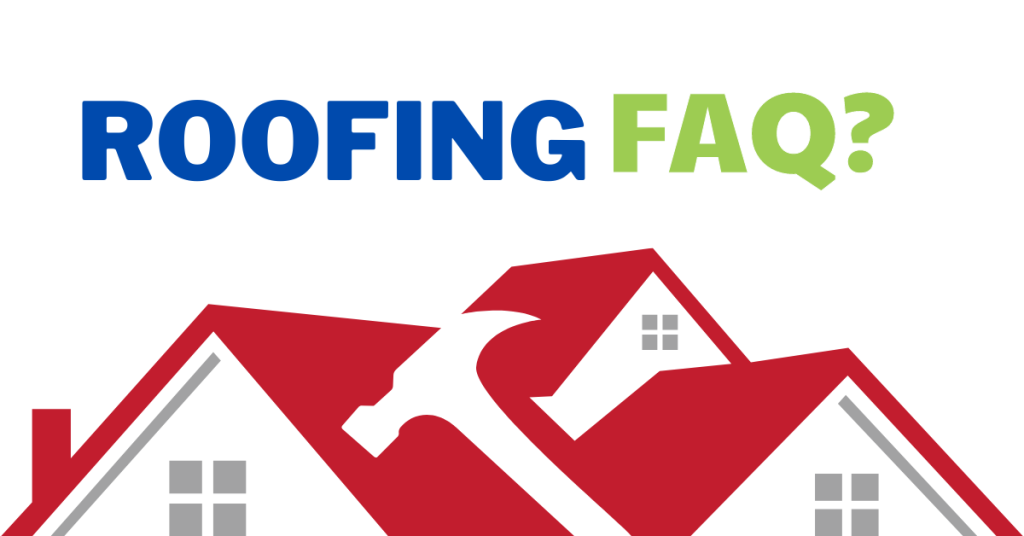
Roofing FAQs-Tackling Your Most Common Roof Concerns
Amid the tapestry of structures that define our skylines, roofing stands as an unsung hero, silently safeguarding our homes and businesses from the elements. This intricate system of materials and expertise plays a pivotal role in ensuring the integrity and longevity of our buildings, shielding us from the sun's relentless heat, the wind's capricious gusts, and the rain's relentless downpour.
Roofing is more than just a physical barrier; it is an architectural marvel designed to withstand the test of time and nature's fury. From the traditional craftsmanship of slate and tile roofs to the innovative resilience of metal and composite materials, roofing systems embody a fusion of artistry and engineering, ensuring the protection of our cherished spaces.
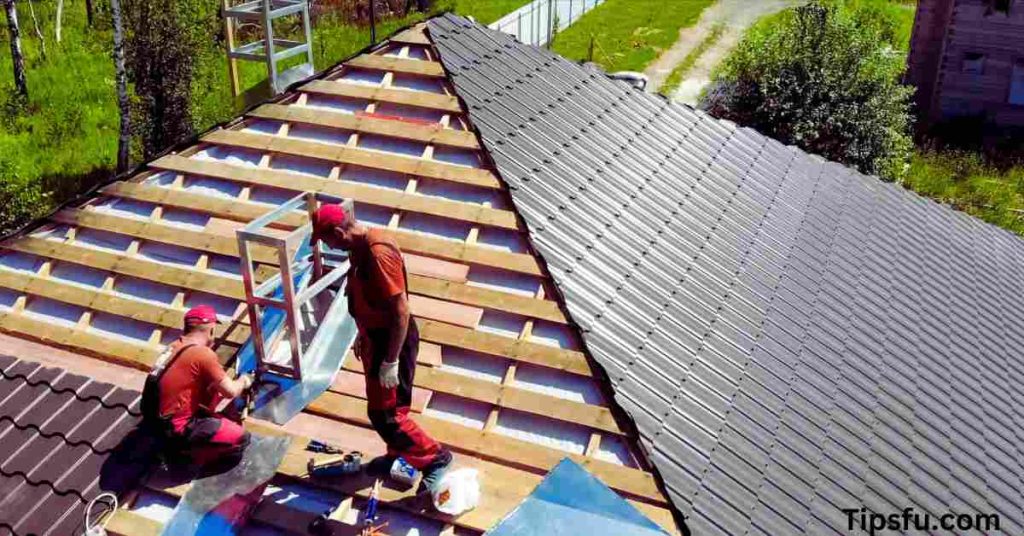
- How can roofers effectively prevent water leakage and ensure proper drainage on roofing projects?
- What are the most common roofing materials used in the industry and their respective advantages and disadvantages?
- What are the key factors to consider when selecting the right roofing material for a specific project?
- How can roofers ensure proper ventilation in roofing systems to prevent moisture buildup and maintain the roof's longevity?
- What are the recommended safety measures and best practices for roofers working at heights?
- How can roofers efficiently detect and repair roof damage caused by weather elements such as wind, hail, or snow?
- What are the latest trends and innovations in roofing technology that roofers should be aware of?
- What are the essential steps in installing a new roof, and what tools and techniques are commonly used?
- What are the signs that indicate a roof requires immediate repair or replacement?
- How can roofers effectively estimate the cost and timeline for a roofing project?
- What are the environmental considerations and sustainable practices should roofers adopt in their work?
- What are the different types of roof designs, and which ones are suitable for specific architectural styles?
- How can roofers ensure proper insulation in roofing systems to improve energy efficiency and reduce heating and cooling costs?
- What are the potential hazards and risks roofers might encounter on job sites, and how can they be mitigated?
- What are the local building codes and regulations roofers must comply with when undertaking a roofing project?
- How can roofers effectively communicate and collaborate with other contractors and stakeholders involved in a construction project?
- What are the key considerations when conducting a roof inspection, and what are the best practices for reporting findings?
- What are the recommended maintenance and cleaning practices for roofing materials?
- How can roofers enhance their marketing strategies and effectively promote their roofing services to attract new clients?
- What are the current challenges and opportunities in the roofing industry, and how can roofers stay competitive in the market?
- Bottom Line
How can roofers effectively prevent water leakage and ensure proper drainage on roofing projects?
To prevent water leakage and ensure proper drainage, roofers should ensure proper installation of waterproofing membranes, flashing, and sealants at vulnerable areas such as valleys, vents, and skylights. They should also ensure the roof has adequate slope for water runoff and properly installed gutters and downspouts to channel water away from the roof.
What are the most common roofing materials used in the industry and their respective advantages and disadvantages?
The most common roofing materials used in the industry include asphalt shingles, metal roofing, tile roofing, and flat roofing membranes.
Here are their advantages and disadvantages:
Asphalt shingles:
They are affordable, easy to install, and available in various colours and styles. However, they have a shorter lifespan than other materials and may be prone to algae growth.
Metal roofing:
Metal roofs are durable, long-lasting, and fire-resistant. They are also energy-efficient and can be recycled. However, they can be expensive and may require professional installation.
Tile roofing:
Tile roofs are known for their aesthetic appeal and longevity. They are also fire-resistant and require minimal maintenance. However, they are heavy and may require additional structural support. They can also be costly.
Flat roofing membranes:
These membranes, such as EPDM or TPO, are famous for flat or low-slope roofs. They provide excellent waterproofing and can be cost-effective. However, they may require regular maintenance and can be susceptible to punctures.
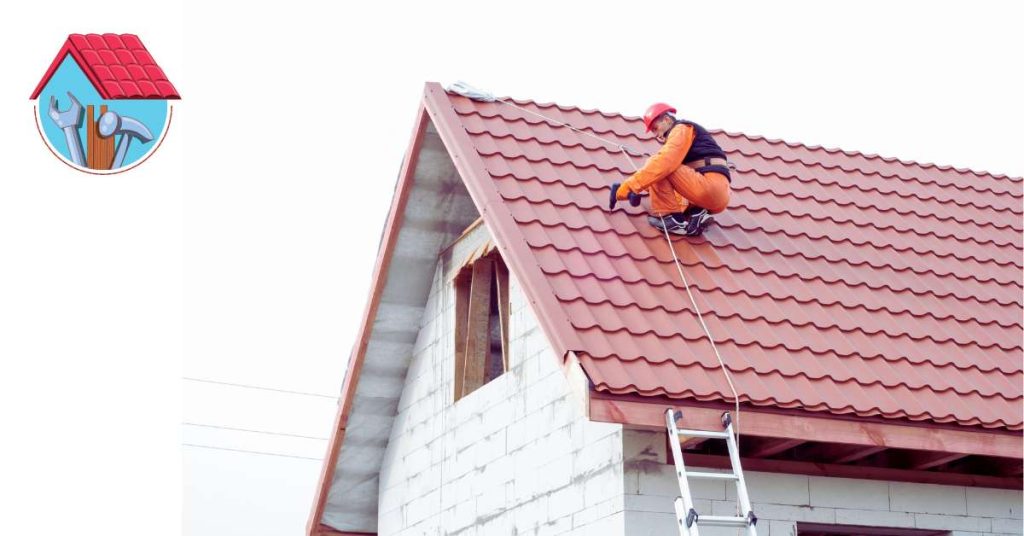
What are the key factors to consider when selecting the right roofing material for a specific project?
When selecting a roofing material for a specific project, key factors to consider include the area's climate, the slope and design, the budget, the desired lifespan, the local building codes and regulations, and the client's aesthetic preferences.
How can roofers ensure proper ventilation in roofing systems to prevent moisture buildup and maintain the roof's longevity?
Roofers can ensure proper ventilation by installing intake vents at the eaves and exhaust vents at the ridge or near the roof peaks. This allows for air circulation that helps prevent moisture buildup and heat retention in the attic, prolonging the roof's life and preventing issues like mould and ice dams.
What are the recommended safety measures and best practices for roofers working at heights?
Roofers working at heights should follow safety measures such as using appropriate fall protection equipment like harnesses and safety nets, ensuring proper ladder safety, wearing non-slip footwear, and receiving proper training for heights. Best practices also include regular inspection and maintenance of equipment, awareness of potential hazards, and adherence to safety guidelines and regulations.
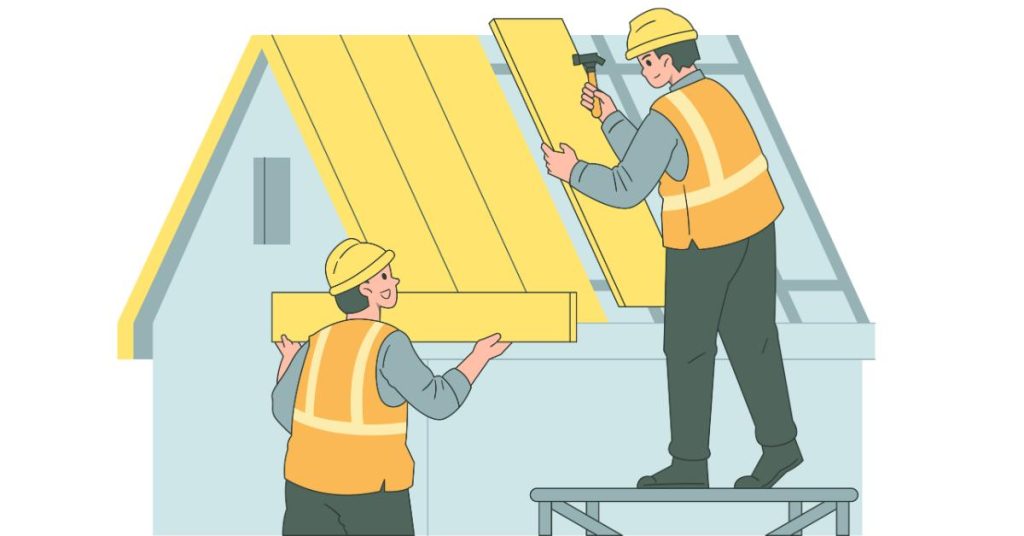
How can roofers efficiently detect and repair roof damage caused by weather elements such as wind, hail, or snow?
Roofers can efficiently detect and repair weather-related roof damage by inspecting regularly and looking for missing or damaged shingles, leaks, or other visible damage indicators. They can also use tools like moisture meters or thermal imaging cameras to identify hidden issues. Prompt repairs should be made to prevent further damage.
What are the latest trends and innovations in roofing technology that roofers should be aware of?
Roofing technology is constantly evolving. Some of the latest trends and innovations include solar roofing systems, cool roofs that reflect sunlight and reduce heat absorption, green roofs that incorporate vegetation, advanced insulation materials for better energy efficiency, and the use of drones for roof inspections.
What are the essential steps in installing a new roof, and what tools and techniques are commonly used?
Installing a new roof typically involves several steps, including roof preparation, underlayment, flashing, shingles or roofing material, and final touches such as ridge vents and sealing. Tools and techniques commonly include nail guns, hammers, roofing nails, roof jacks, and adhesive sealants. It is essential to follow manufacturer guidelines and local building codes during installation.
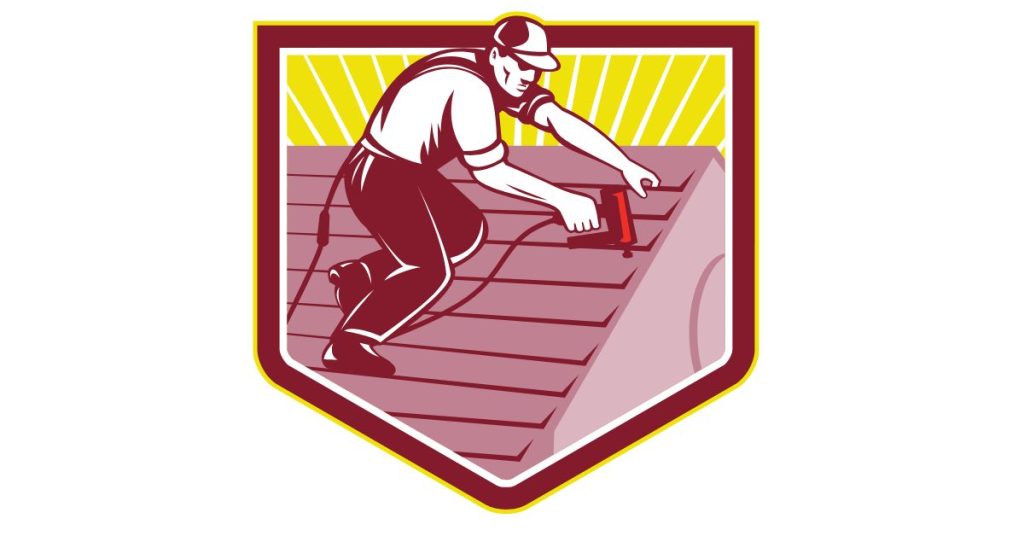
What are the signs that indicate a roof requires immediate repair or replacement?
Signs that indicate a roof requires immediate repair or replacement include water leaks, missing or damaged shingles, excessive granule loss, sagging or uneven areas, mould or mildew growth, and signs of significant wear and tear. Consulting a professional roofer for an inspection is advisable to assess the condition accurately.
How can roofers effectively estimate the cost and timeline for a roofing project?
To effectively estimate the cost and timeline for a roofing project, roofers need to consider factors such as the size and complexity of the roof, the chosen roofing material, the labor involved, any necessary repairs or structural adjustments, and potential weather-related delays. Roofers can provide accurate estimates by conducting a thorough assessment and using experience.
What are the environmental considerations and sustainable practices should roofers adopt in their work?
Roofers should consider environmentally friendly practices, such as using roofing materials with high recycled content, promoting energy-efficient roofing systems, implementing proper waste management and recycling procedures, and incorporating green roof or solar roof options when feasible. Additionally, minimizing carbon footprint during transportation and adopting sustainable work practices contribute to environmental responsibility.
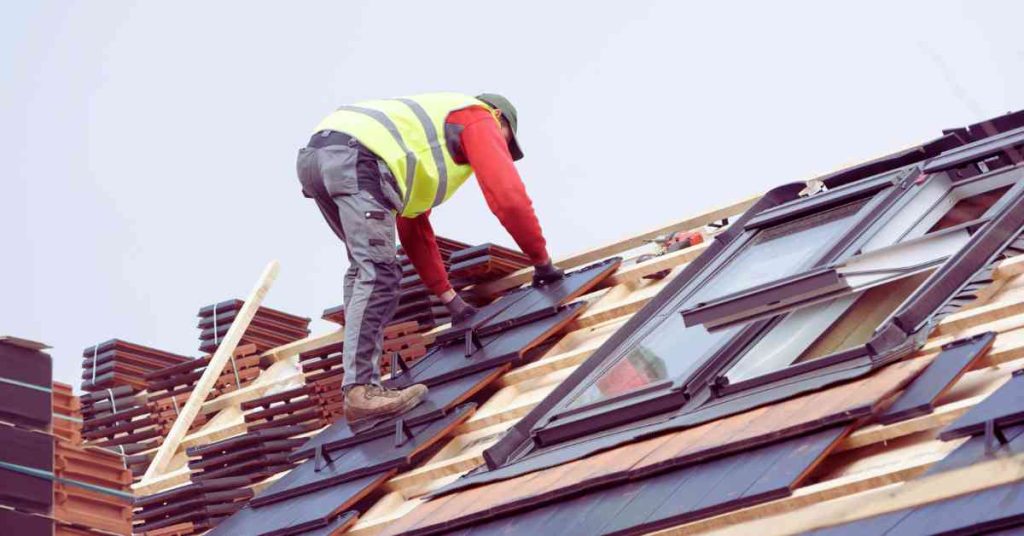
What are the different types of roof designs, and which ones are suitable for specific architectural styles?
Various roof designs include gable, hip, flat, shed, gambrel, mansard, and butterfly roofs. Each design has its characteristics and suitability for different architectural styles. For example, gable roofs are commonly used in traditional or contemporary styles, while mansard roofs are associated with French or Victorian architecture. Selecting a roof design depends on aesthetics, functionality, and regional influences.
How can roofers ensure proper insulation in roofing systems to improve energy efficiency and reduce heating and cooling costs?
Roofers can ensure proper insulation by installing insulation materials, such as fiberglass or spray foam, in the attic or roof cavity. This helps to minimize heat transfer, improve energy efficiency, and reduce heating and cooling costs. Following local building codes and insulation recommendations for the specific climate and region is essential.
What are the potential hazards and risks roofers might encounter on job sites, and how can they be mitigated?
Roofers may encounter hazards such as falls from heights, electrical hazards, extreme weather conditions, exposure to harmful substances, and injuries from tools and equipment. Mitigation measures include providing proper safety training, using fall protection systems, implementing lockout/tagout procedures for electrical work, following safety protocols for working in adverse weather, and wearing appropriate personal protective equipment (PPE).

What are the local building codes and regulations roofers must comply with when undertaking a roofing project?
Building codes and regulations can vary by location, so roofers must be familiar with the specific requirements of the jurisdiction where the project occurs. These codes typically cover aspects such as roofing materials, installation methods, fire ratings, insulation requirements, ventilation standards, and structural considerations. Compliance ensures safe and legal construction practices.
How can roofers effectively communicate and collaborate with other contractors and stakeholders involved in a construction project?
Effective communication and collaboration with other contractors and stakeholders are essential for a successful construction project. Roofers can achieve this by maintaining regular and clear communication channels, attending project meetings, coordinating schedules, sharing relevant information, resolving conflicts promptly, and fostering a spirit of teamwork and cooperation.
What are the key considerations when conducting a roof inspection, and what are the best practices for reporting findings?
During a roof inspection, key considerations include evaluating the roof's overall condition, identifying areas of damage or wear, checking for proper flashing and sealant application, assessing ventilation and insulation, and looking for signs of leaks or moisture. Best practices for reporting findings involve documenting all observations, providing clear descriptions, including photographs if necessary, and offering recommendations for necessary repairs or maintenance.
What are the recommended maintenance and cleaning practices for roofing materials?
Maintenance and cleaning practices for roofing materials vary depending on the specific material. Generally, it is advisable to remove debris regularly, clean gutters and downspouts, inspect for damage or signs of wear, trim overhanging branches, and address any issues promptly. However, the recommended practices for specific materials should be followed as per the manufacturer's guidelines to avoid potential damage.
How can roofers enhance their marketing strategies and effectively promote their roofing services to attract new clients?
Roofers can enhance their marketing strategies by building a professional website, optimizing their online presence through search engine optimization (SEO), utilizing social media platforms, showcasing past projects and customer reviews, networking with local businesses, participating in community events, offering referral programs, and providing exceptional customer service. Tailoring marketing efforts to target specific demographics and utilizing targeted advertising can also attract new clients.
What are the current challenges and opportunities in the roofing industry, and how can roofers stay competitive in the market?
Current challenges in the roofing industry may include labour shortages, rising material costs, changing customer preferences, and increased competition. To stay competitive, roofers can focus on providing high-quality workmanship, staying updated on industry trends and innovations, investing in training and certifications, offering excellent customer service, adopting sustainable practices, diversifying services, and establishing solid relationships with suppliers and customers.
Additionally, embracing technology advancements and exploring niche markets or specialized services can open up new opportunities.
Bottom Line
As we stand beneath the protective canopy of our roofs, we often overlook the intricate craftsmanship and tireless dedication that went into their creation. Roofing, a cornerstone of architectural design, embodies the harmonious blend of form and function, safeguarding our homes and businesses from the elements while adding a touch of elegance to our built environment.
The next time you gaze upon the rooftops of your city, appreciate the silent sentinels that guard against the forces of nature. These enduring structures, a testament to human ingenuity and the power of protection, are the unsung heroes that shape our skylines and ensure the well-being of our communities.

Recommendation